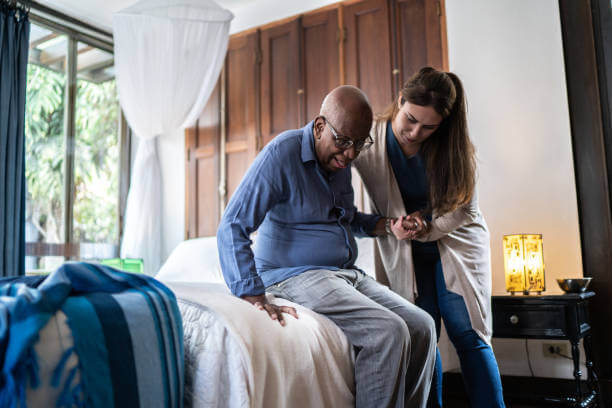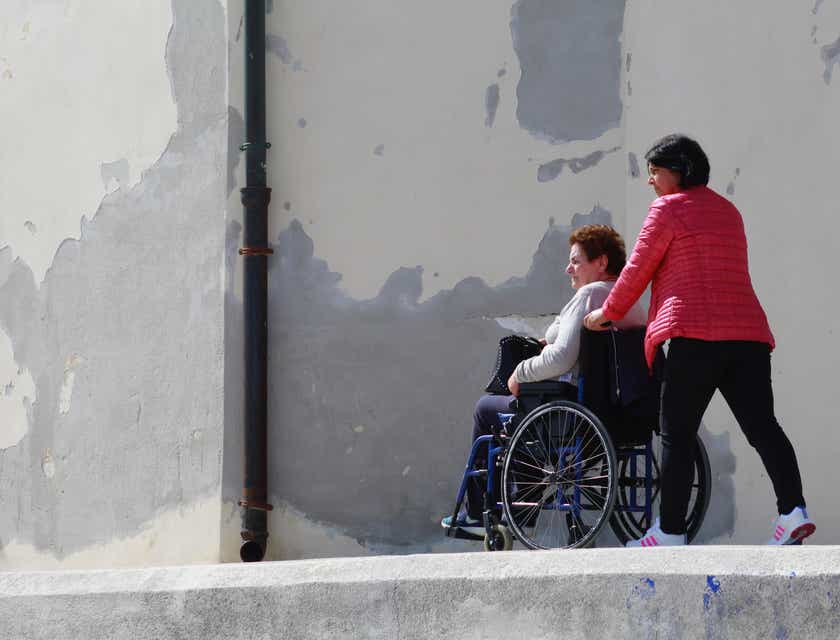Part 1: Hospital-to-Nursing Home-to-Hospital
My mother always believed that if she ever found herself in a skilled nursing facility, she would never go home again. That’s a scary prospect for a senior, especially since nursing homes have become an extension of a hospital stay, with Medicare footing the bill for the first 100 days. That stay includes rehabilitation services. Lucky for my mom, she breezed through her post-hip replacement surgery nursing home rehab and made it back home with plenty days to spare. But her fear is not unfounded; here are some startling facts:
- 1 in 5 (20%) Medicare patients are transferred from hospital to skilled nursing facility to complete their treatment and/or rehabilitation.
- 1 in 4 (25%) Medicare patients will be readmitted to the hospital within the first 30 days of their nursing home stay.
Hospital readmissions from a skilled nursing facility (SNF) can be disastrous for elderly and frail individuals. Complications can arise due to hospital infections. Constant hospital readmission can be distressing for the resident and family, causing patient delirium. Some patients even find it stressful to assimilate back to the nursing home after being released from hospital yet again.
Medicare could also begin cutting reimbursements to nursing homes they deem to have high rates of “avoidable”, “preventable”, and “unnecessary” hospital readmissions.
The American Health Care Association, has introduced an initiative to reduce hospital readmisssions. There are a few programs within their Quality Initiative that are assessing and attempting to correct the phenomenon of rampant hospital readmissions.
INTERACT (Interventions to Reduce Acute Care Transfers) is a program designed to improve the early identification, assessment, documentation, and communication about changes in the status of residents in skilled nursing facilities. By implementing strategies on a daily basis, the goal of the program is to reduce transfers of nursing home residents back to hospitals.
CHATS (Communicating Health Assessments by Telephone) is a program designed to help nurses and physicians communicate the status of a patient. Good communication can lead to prevention and treatment within the SNF.
LTC Trend Tracker is a free web-based tool that enables long term care providers to access key information to benchmark and examine their ongoing quality improvement efforts.
While some hospital readmissions are inevitable, some are preventable. Indicators show that progress has been made. According to the AHCA website, as of the end of third quarter 2013,
- AHCA members have reduced 30-day readmissions by 3.3%.
- Over 2,000 member centers achieved a 15% reduction in their hospital readmission rates since the launch of the AHCA Quality Initiative
- About 26,400 readmissions in AHCA member centers were prevented, saving the health care system roughly $270 million.
We at Caregiverlist® recommend the book Ending Hospital Readmissions: A Blueprint for SNFs for Skilled Nursing Facility administrators. This book shows the financial consequences of the “revolving door” and provides strategies and tools to help minimize unnecessary transfers. With education and staff involvement, not only can costs be reduced, but residents’ quality of life can be enhanced. It’s a win-win for everyone.







